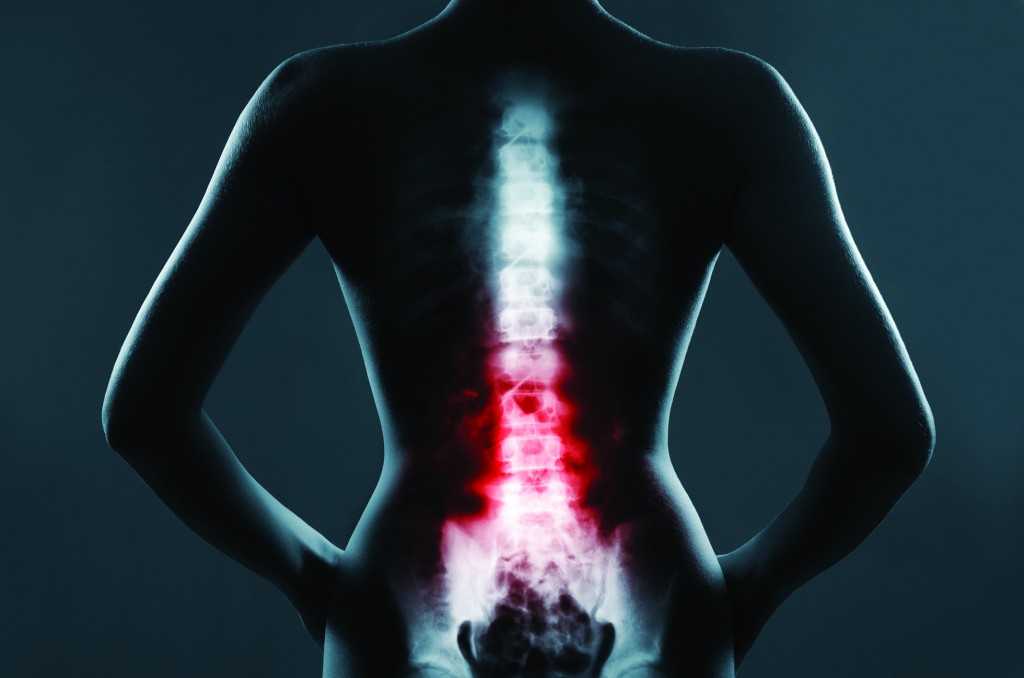It’s without doubt one of the most fragile areas of our bodies, but non-the-less we often take it for granted. Our spine is invaluable and irreplaceable. Without it, we couldn’t keep ourselves upright, walk or even stand up.
Your spine gives your body structure and support. It allows you to move and bend whilst at the same time protecting your spinal cord. The spinal cord is the column of nerves that connects your brain with the rest of your body and organs, allowing you to control your movements. Without a spinal cord, you wouldn’t be able to move any part of your body and your organs wouldn’t function, that’s why keeping your spine healthy, is vital if you want to live an active life.
Watch the video below to see what happens in a Spinal Cord Injury
Often people don’t realise how delicate their spine actually is and how easy it can be to permanently damage it. Recently I read the story of a young school girl whose visit to the beach almost left her paralysed for life.
The 16 year old suffered serious spinal injuries after jumping off a sand dune on Aberavon Beach near Port Talbot. It was said that the teenager landed rigidly on sand which was “as hard as concrete” and left her with a total loss of feeling in her legs.
The teenager had suffered a spinal injury, most probably because of the way she landed on the hard sand 10ft below from where she jumped. It was said that the break was a millimetre from her spine, something that you would normally end up paralysed from.
Thankfully she’s recovering and can still walk with the aid of a brace, which she will need to keep on for some time.

According to spinal injury research around 1000 people sustain a spinal cord injury (SCI) every year in the UK and Ireland. The most common cases of SCI are falls accounting for 45.5{ac84179ccc1556745dd38e14876b163ce042b824eb5390d08aeb8a9ee8786546}, road traffic accidents 39.2{ac84179ccc1556745dd38e14876b163ce042b824eb5390d08aeb8a9ee8786546} and sports injuries 10.2{ac84179ccc1556745dd38e14876b163ce042b824eb5390d08aeb8a9ee8786546}.
In the UK 2-3 people every day become paralysed as a result of SCI that’s 700+ each year adding to the 40,000 living here that are already paralysed.
It’s important to remember that not all spinal injuries are the same. There are two main types of spinal cord injury; there are complete spinal cord injuries which refer to the type of injury that ends in the complete loss of function below a certain point, while incomplete spinal cord injuries are those that end in leaving some sensation and feeling below the point of an injury. Each individual will be left with their own degree of function which will depend on the way in which the spinal cord was damaged and their own ability to recover.
Thankfully traumatic spinal injuries can be treated. Today; medical, technological and advances in patient management at the scene, mean a lot more people will survive an SCI and go on to live normal lives.
I know as a specialist that deals with this, that Spinal Cord Injury has a dramatic impact on independence and privacy. However there is a great deal of equipment and resources out there that really can help hugely to recover as much independence as possible. Whilst the simple things in life can become a great deal more complicated, there is usually a solution to be had.
……………………………………………………………………………………………………………..
By Specialist Spinal Injuries Solicitor Jill Greenfield.
As head of the catastrophic injury unit Jill Greenfield handles cases involving the more serious injuries such as brain injury, spinal cord injury, serious orthopaedic injury and fatal accidents. Whilst based in London Jill acts for clients throughout the UK and the world. Claim values are generally in excess of £1million and often have a value of several million pounds.
SOURCE: Personal Injury Blog – Read entire story here.



